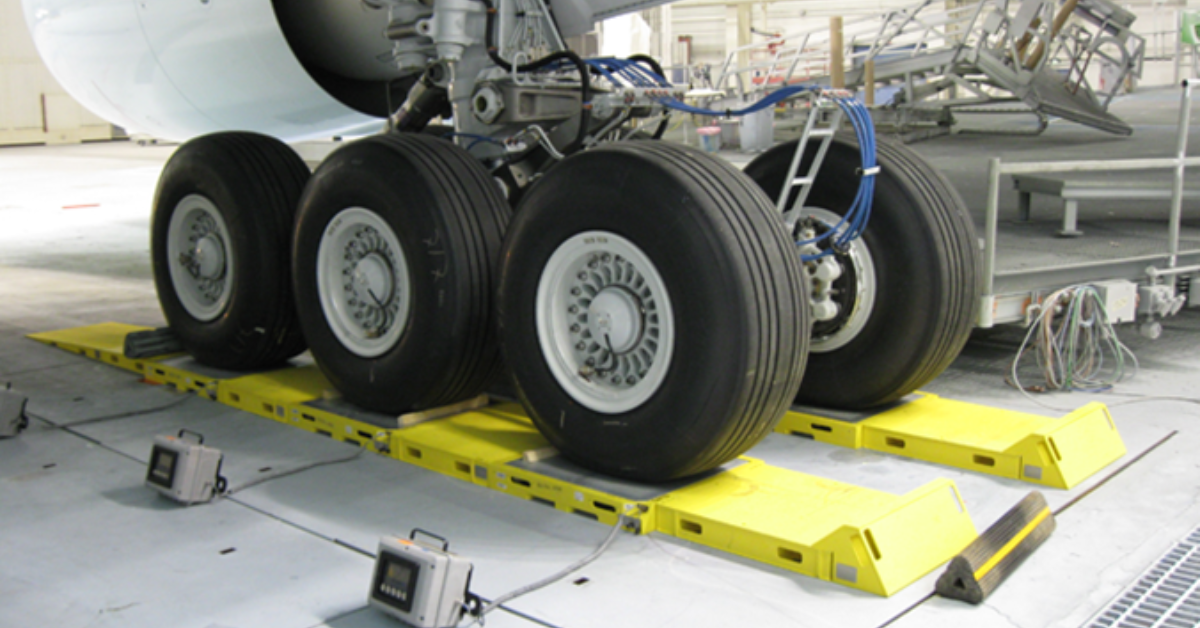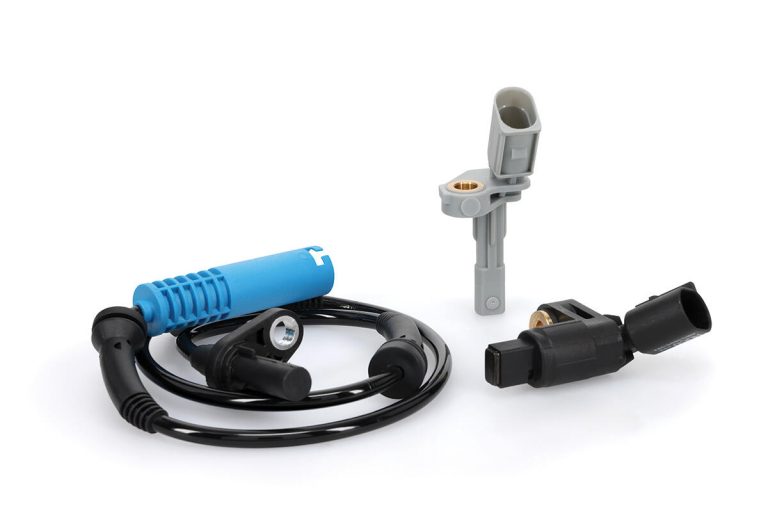What Are the Different Types of Aviation Weighing Tools?
In the field of aviation, getting the weight right is super important, and there are lots of tools that can help with this. They measure everything from small parts to whole planes. This blog will highlight these tools and how they operate. These include platform scales, load cells, hydraulic scales, strain gauge systems, and wireless weighing systems. Each one works differently and has its uses. By learning how these tools work and what they do, you’ll see how important they are for keeping weight just right.
Platform Scales
In aviation, platform scales are vital instruments for determining the weight of smaller aircraft and different parts. These scales have a flat platform that is used to place the object or aircraft and a digital or analog readout that shows the weight. Platform scales are very helpful for weighing sections of aircraft, such as engines and gear. For rapid weight tests, its straightforward design makes them incredibly dependable and simple to use.
Platform scales are limited in size and weight capacity, nevertheless. These limitations make them unsuitable for larger aircraft. Despite this, platform scales continue to be an essential component of aircraft logistics and maintenance because they offer precise and fast weight readings for a wide range of uses.
Load Cells
In order to quantify weight in aviation, load cells are precise devices that translate force into an electrical signal. Load cells are used for a variety of tasks, such as weighing specific parts or the complete airplane. The accuracy and dependability of these instruments make them extremely valuable. In order to determine the precise weight, strain gauges detect the metal framework that makes up load cells as it deforms underweight.
They are perfect for crucial measurements in aviation because of their precision. Load cells are adaptable because they can support a large range of weights. They work especially well when combined with weighing systems to provide thorough data collecting and monitoring, which guarantees accurate readings for upkeep and safety inspections.
Hydraulic Scales
Hydraulic scales use hydraulic pressure to measure weight, making them appropriate for heavier aircraft. By compressing a fluid, these scales measure an object’s weight by measuring the change in pressure. Hydraulic scales are typically used in aviation to weigh larger aircraft because of their usefulness in handling heavy loads. They are sturdy and able to survive challenging circumstances, and they offer precise measurements. However, in order to maintain precision and dependability, hydraulic scales can be heavy and need special maintenance. Even with these limitations, their precision in weighing huge objects makes them indispensable in aviation, particularly for duties involving large aircraft and heavy components.
Strain Gauge Systems
Advanced weighing instruments such as strain gauge devices are used in aviation to precisely measure weight and tension. Strain gauges are tiny sensors used in weighing systems that change resistance in response to compression or stretching. These gauges can be used to compute weight and measure stress on different components of an aircraft. Because strain gauge devices are so accurate and dependable, they are perfect for crucial tasks like evaluating the structural integrity of aircraft parts.
Additionally, they are useful in dynamic weighing scenarios where the weight may fluctuate quickly. The primary benefit of strain gauge systems is their precision and capacity to detect minute variations in weight or stress.
Wireless Weighing Systems
Wireless weighing systems are contemporary solutions that offer comfort and ease of use by transmitting weight data using wireless technology. These devices are used in aviation to weigh aircraft and parts without the need for bulky cables. Wireless systems typically include load cells or other sensors that send data to a central receiver. Incorporating such aircraft scales into weighing systems allows for precise weight measurements, ensuring accurate load distribution and balance.
Wireless weighing systems’ main advantages are their adaptability and compatibility with digital data management systems. This connection enhances overall operational efficiency in aviation maintenance and logistics by effectively recording and analyzing weight data.
Conclusion
Various aviation weighing instruments are essential for guaranteeing the effectiveness and safety of aircraft operations. Wireless weighing systems, load cells, hydraulic scales, strain gauge systems, platform scales, and wireless weighing systems all have different uses and advantages. Accurate weight measurements can be obtained by using the appropriate tool for the job, which is essential for safe and efficient aircraft maintenance. Adopting these instruments and technology guarantees adherence to aviation regulations, lowers risks, and improves operating efficiency.






